As the current season or development cycle winds down, there’s always that thought in the back of your mind that very shortly it’ll be time to trial again.
With time being scarce, court availability being hit-and-miss, and athlete availability always being a challenge, there’s an ever-growing need as coaches/administrators to be able to organise and run efficient selections trials.
I am by no means a veteran of the game or a professional talent scout, but over the few years I have been involved in the game I have been fortunate to work with some coaches with a wealth of experience, and in turn have picked up a few tips towards running an efficient selection trial:
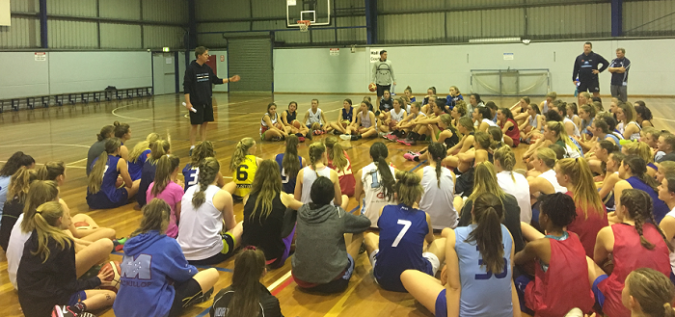
Venue and Time
Typically you will be running a trial that involves school-aged athletes who have a number of other commitments. Although it is impossible to cater for everyone’s needs, having a general understanding which school term, day in the week or time of the day is best suited for the athlete’s availability is vital.
This includes some research as to whether your proposed trial date(s) may clash with other trials/selection processes an athlete may be involved in i.e. state team trials, state development program trials etc.
Once this information has been confirmed, get it out QUICK. It’s the 21st century and people live busy lives. The more notice families get the greater the likelihood is that they can attend all of your trials.
Recruit Selectors
In an ideal world you will be hosting a trial that appeals to a large number of athletes, and with that comes a responsibility that you are able to evaluate all of them fairly and appropriately. Whilst it isn’t always possible, the more selectors you are able to recruit – the greater your depth of athlete evaluations are. In saying that, it’s best to recruit coaches whose evaluation/opinion you both value and trust.
Clearly outline the purpose of the selection trial
Not all selection trials are for competitive teams whose sole purpose is to win as many games as possible. Perhaps you are running a development program or perhaps you are picking a development team that consists heavily of bottom-age athletes. It could even be a combination, but it is important nonetheless that as an organiser you identify and outline to your selectors the purpose of the selection trial and what you are looking for (this links in with the next point).
Clearly outline what you value in the trial
Once you have identified the purpose of the selection trial, it’s time to identify and outline what you are placing value in for your selections. It could be a combination of the following:
Current skill level
- Passing
- Pivoting
- Dribbling
- Shooting
- 1v1 Play
- Decision Making
Current understanding of concepts
- Spacing
- Pick & Roll play
- Cutting
- Screening away from the ball
- Post play
- Team concepts/Systems of play
Willingness to compete and apply effort
- Make effort plays
- Perfect effort in their actions
- Pride in their performance
Willingness to learn
- Listen & execute instructions
- Active questioning
- Active development of strategy
Physical Characteristics
- Height or potential for height
- Athleticism
- Speed/Quickness
- Agility
- Vertical leap
- Personality Traits
- Coachable
- Leadership qualities
- Selfless
- Passionate/love the game
- Attitude
In a trial environment, direction is key. Selectors need a clear understanding of what they are basing their evaluation/selections on. I believe it is only fair that athletes have a transparent understanding of what selectors want to see; especially with facets of their game they can control i.e. attitude, effort, selflessness, listening.
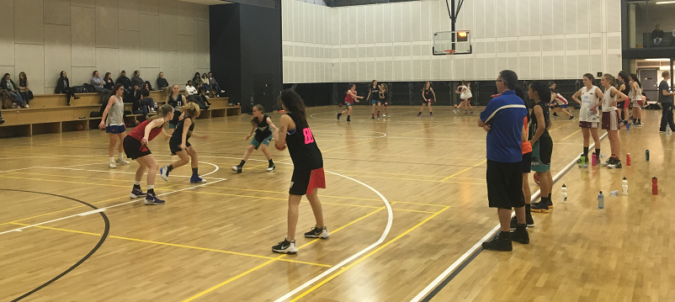
Have a Plan
To bring all of this together into a nice little package involves the creation of a plan. With limited time it is important that your plan is based on a combination of the following:
Have a simple process for selectors to be able to identify athletes
Athletes being allocated a number which is then written on the athlete’s arm and/or leg is the most common procedure to follow.
If you are wanting to identify top/bottom aged athletes, a simple circle around the number can help show this.
Create an environment for athletes to succeed whilst being challenged
Ensure your games & drills bring out the character traits/skills that you have placed value in for your specific trial.
- For example – if you value decision making, ensure you put athletes in an Advantage/Disadvantage scenarios such as 5v4, 3v2.
Focus on having ‘more balls and less lines’
- Time is of the essence, so the challenge is ensuring your selectors are able to see athletes in multiple situations on a number of occasions.
- How can you evaluate shooting ability if they only get to shoot one shot?
- Formulate drills/games that don’t require a lot of time to complete to ensure that people are rotating in quickly.
- Be comfortable with the mess
- It’s a trial and not a skill development session; the challenge is to be comfortable with the mess and ensure you allow the athletes as much time as possible to play/compete. You don’t want to spend too much time stopping and starting.
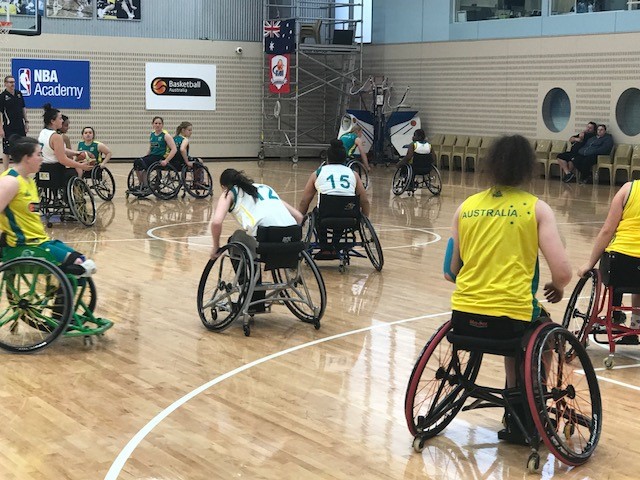
Best of luck with all of your selections trials for your various teams/programs, and if you have any questions please don’t hesitate to contact me at shaun.roger@bnsw.com.au.
Shaun Roger is Basketball NSW’s Development Officer.
Coaching Directors can find additional resources here.



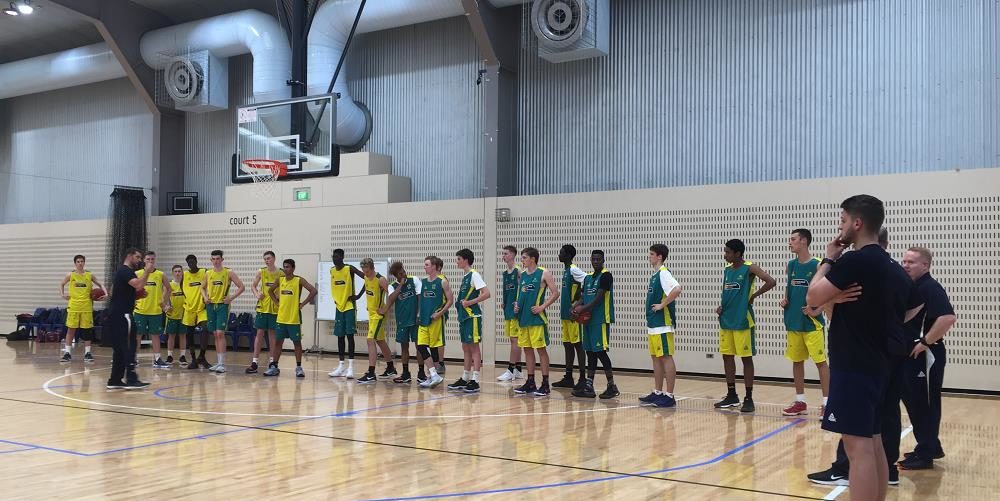
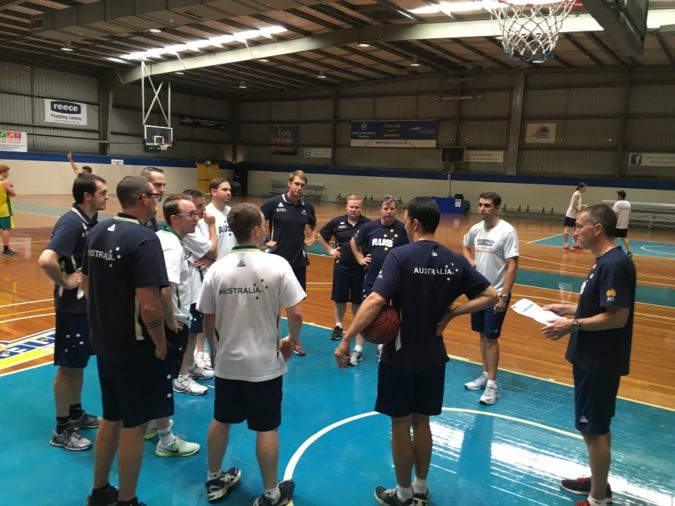

Leave a Reply